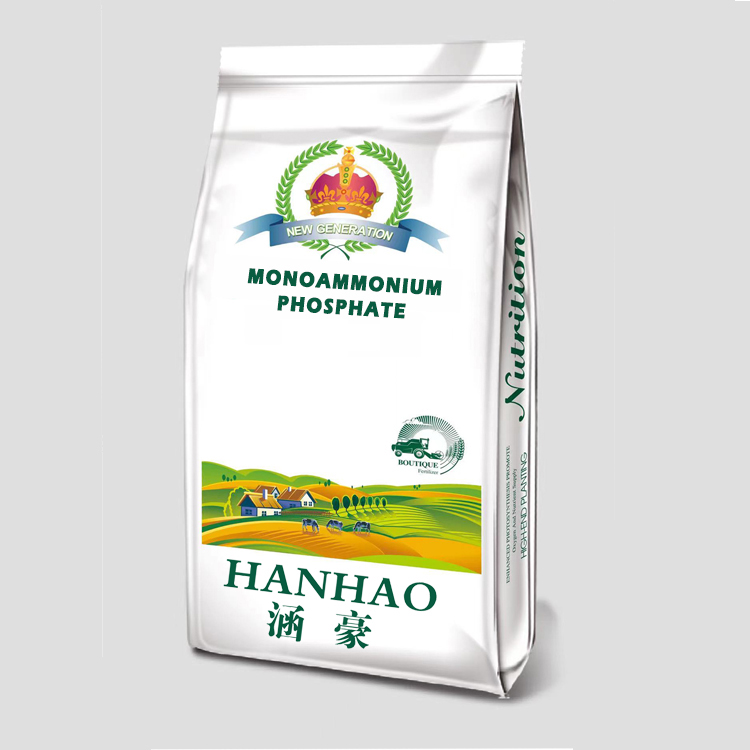
Dec . 05, 2024 01:41 Back to list
13 13 13 fertilizer 50 lbs
Understanding 13-13-13 Fertilizer A Comprehensive Guide for Gardeners
Fertilizers play a crucial role in enhancing soil health and promoting plant growth. Among the various types available, 13-13-13 fertilizer stands out for its balanced formulation and versatility. But what does it mean, and how can you effectively use it in your garden? This article will clarify the composition, benefits, and application methods of 13-13-13 fertilizer, as well as tips for achieving optimal results.
What Does 13-13-13 Mean?
The numbers in the fertilizer's name represent the percentage by weight of three key nutrients nitrogen (N), phosphorus (P), and potassium (K). In this case, 13-13-13 indicates that the fertilizer contains 13% nitrogen, 13% phosphorus, and 13% potassium. This equal distribution makes it a complete fertilizer, providing a well-rounded nutrient profile suitable for a wide range of plants.
1. Nitrogen (N) Essential for leaf and stem growth, nitrogen stimulates the production of chlorophyll, which is vital for photosynthesis. Plants that require lush foliage, such as leafy greens and ornamental plants, will benefit significantly from nitrogen supplementation.
2. Phosphorus (P) This nutrient promotes root development, flowering, and fruiting. It plays a critical role during the early stages of plant growth and is necessary for energy transfer and genetic material formation.
3. Potassium (K) Potassium assists in the overall functioning of the plant, aiding in water regulation, enzyme activation, and photosynthesis. It helps strengthen plants against diseases and enhances their ability to withstand extreme weather conditions.
Benefits of 13-13-13 Fertilizer
Using 13-13-13 fertilizer offers a myriad of benefits
- Versatility It can be applied to various types of plants, including vegetables, flowers, shrubs, and trees, making it an excellent choice for gardeners who want a single fertilizer to cover multiple needs.
13 13 13 fertilizer 50 lbs

- Balanced Nutrition Unlike fertilizers that are high in one nutrient and low in others, 13-13-13 provides balanced nutrition, ensuring plants receive equal amounts of nitrogen, phosphorus, and potassium for overall health.
- Convenience Its ease of use makes it perfect for both novice and experienced gardeners. You can apply it at various stages of plant growth, from planting to mid-season feeding.
Application Techniques
To achieve the best results with 13-13-13 fertilizer, follow these application techniques
1. Soil Test Before applying any fertilizer, it's wise to conduct a soil test. This will help determine the current nutrient levels and pH balance in your soil, guiding you on how much fertilizer to use.
2. Timing Apply fertilizer during the growing season but avoid over-fertilizing, especially in the early spring. This can lead to excessive foliage growth at the expense of flowers or fruit.
3. Application Method Broadcast the fertilizer evenly over the soil surface and rake it in lightly. For established plants, a side-dressing technique can be used apply the fertilizer in a band around the plants, then water it in to help it penetrate the soil.
4. Watering After application, water the area thoroughly. This helps dissolve the fertilizer, allowing nutrients to reach plant roots effectively.
Conclusion
Using 13-13-13 fertilizer can lead to robust plant growth and improved yield in your garden. Its balanced composition makes it a versatile option for various plants, providing them with the essential nutrients they need to thrive. By following proper application techniques and timing, you can ensure that your garden flourishes. Remember, healthy soil leads to healthy plants, so consider incorporating 13-13-13 fertilizer into your gardening regimen. Happy gardening!
-
Premium 10 10 10 Fertilizer Organic for Balanced Plant Growth
NewsJul.29,2025
-
Premium 10 10 10 Fertilizer Organic for Balanced Plant Growth
NewsJul.29,2025
-
50 Pound Bags of 13-13-13 Fertilizer for All Plants – Bulk & Organic Options
NewsJul.28,2025
-
High-Efficiency 15-30-15 Granular Fertilizer for Healthy Crops
NewsJul.28,2025
-
15-30-15 Granular Fertilizer for Optimal Crop & Lawn Growth
NewsJul.27,2025
-
Premium 10 10 10 Water Soluble Fertilizer for Fast Plant Growth
NewsJul.26,2025
